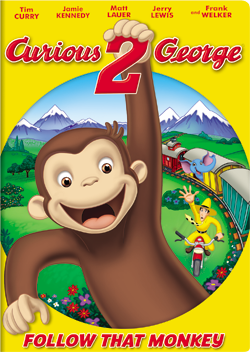

The themes, chosen for the study are from the innocence of adolescence to the Indian, Mythology.

The themes of the prose lessons, and poems are drawn from the rich literature of English. The members of the textbook committee are practising teachers of, English, who have contributed immensely to bring out the book.,, ©, K, be T, B, re S, pu, bl, ish, ed,, There are eight prose lessons and equal number of poems and, three lessons for supplementary reading. It is written based on the language, guidelines of cooperative learning and constructivism envisaged in NCF, 2005. Preface,, Note to Teachers:, The English Reader is designed for the students of seventh, standard first language English.

Mudambadithaya, Co-ordinator, Curriculum Revision and, Textbook Preparation, Karnataka Textbook Society®, Bengaluru,, iii A few works, of some writers and poets have been included in these textbooks., The textbook society is extremely grateful to them for giving their, consent to the inclusion of these pieces in the textbooks.,, Nagendra Kumar, Managing Director, Karnataka Textbook Society®, Bengaluru,, No, t,, to,, Prof. Ultimately, it, is expected that students measter the art of learning to learn and, to make use of these competencies in real life., The Textbook Society expresses grateful thanks to the, chairpersons, writers, scrutinisers, artists, staff of DIETs and CTEs, and the members of the Editorial Board and printers in helping, the Text Book Society in producing these textbooks. It is expected that these activities, would help the learner master communicative skills. In, order to help the learners master these competencies, a number of, paired and group activities, assignments and project works have, been included in the textbooks. When learners master these competencies, they would, stop studying textbooks for the sake of passing examinations. These skills, have been given a lot of importance in all the language textbooks, and along with the inculcation of these skills, fundamental, grammar, opportunities for learners to appreciate beauty and, imbibe universal life values have been integrated in language, textbooks.

©, K, be T, B, re S, pu, bl, ish, ed,, The most important objectives of teaching language are, listening, speaking, reading, writing and reference work. On the other hand they help, the learner in the all round development of his/her personality, thus help him/her become a healthy member of a healthy society, and a productive citizen of this great country, India., ii The new books are not, examination-oriented in their nature. The materials presented in, these books are integrated with values. From standard 1 to 4 there is the EVS, mathematics, and 5th to 10th there are three core subjects namely mathematics, science and social science., NCF – 2005 has a number of special features and they are:, ,, connecting knowledge to life activities,, ,, learning to shift from rote methods,, ,, enriching the curriculum beyond textbooks,, ,, learning experiences for the construction of knowledge,, ,, ,, ,, ,, ,, making examinations flexible and integrating them, with classroom experiences,, caring concerns within the democratic policy of the, country, making education relevant to the present and future, needs.,, softening the subject boundaries integrated knowledge, and the joy of learning., the child the constructor of knowledge,, to,, The new books are produced based on three fundamental, approaches namely,, No, t,, Constructive approach, Spiral Approach and Integrated, approach,, The learner is encouraged to think, engage in activities, and master skills and competencies. Textbooks are, prepared in 12 languages seven of them serve as the media of, instruction. Preface,, ©, K, be T, B, re S, pu, bl, ish, ed,, The Textbook Society, Karnataka has been engaged in, producing new textbooks according to the new syllabi which in, turn are designed on NCF – 2005 since June 2010.


 0 kommentar(er)
0 kommentar(er)
